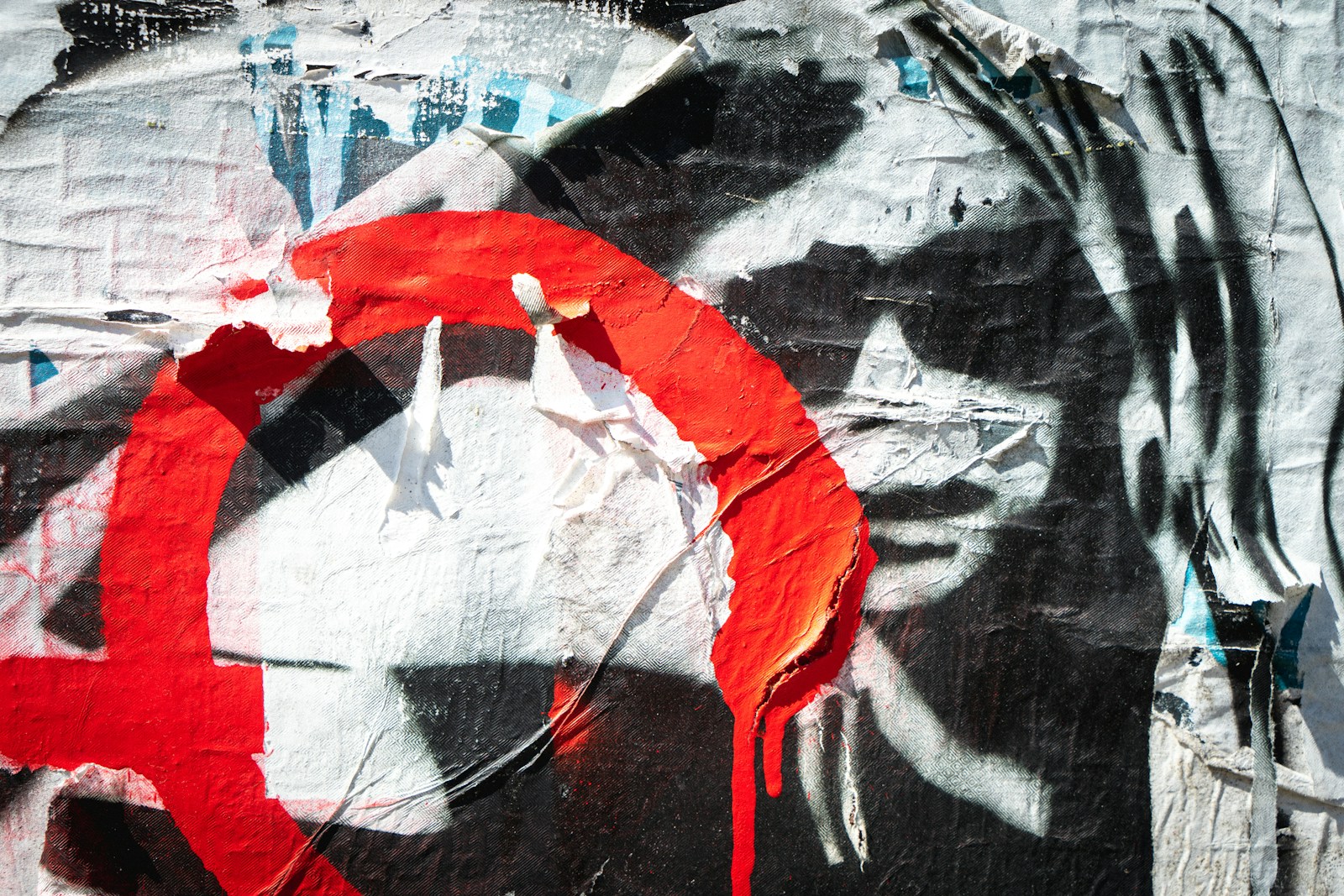Banksy, the anonymous street artist whose provocative and politically charged works have appeared on walls around the world, has become a global cultural phenomenon. Despite (or perhaps because of) his anonymity, Banksy’s art is instantly recognizable and highly sought after. His popularity can be attributed to a combination of artistic skill, social commentary, mystery, and cultural relevance. These elements, when woven together, create a body of work that resonates with a wide audience, from art critics and collectors to everyday people who may have never set foot in a gallery.
One of the core reasons Banksy canvas art is so popular is its strong social and political message. His works often critique capitalism, war, consumerism, authority, and inequality—topics that are deeply relevant in the modern world. For example, pieces like Girl with Balloon evoke powerful emotional responses while also delivering a subtle commentary on lost innocence or hope. By using visual metaphors and irony, Banksy engages people in thinking critically about the world around them. This connection to real-world issues makes his art more than just decoration; it becomes a voice for protest and reflection.
Another important aspect of Banksy’s appeal is his use of public spaces. Unlike traditional artists whose work is confined to galleries and museums, Banksy’s art appears on buildings, streets, and other urban surfaces. This accessibility makes art available to the masses rather than just a privileged few. It challenges the traditional boundaries of the art world, inviting everyone to participate in the conversation. By bringing art directly into public view, Banksy removes the barriers between artist and audience.
The mystery surrounding Banksy’s identity also plays a key role in his popularity. Remaining anonymous in the digital age is an impressive feat, and it adds an air of intrigue to everything he does. This secrecy keeps people curious and invested, encouraging speculation and discussion. The mystery turns Banksy himself into a kind of living artwork—an enigma that enhances the allure of his creations.
Additionally, Banksy’s clever use of humor and satire makes his work engaging and memorable. He uses visual puns, surprising juxtapositions, and unexpected placements to provoke laughter as well as thought. His stencils are simple yet impactful, often combining childlike innocence with serious themes in a way that’s both jarring and effective. This balance of playfulness and seriousness helps his work appeal to a wide range of people, from casual observers to dedicated art enthusiasts.
Finally, Banksy’s work taps into the power of viral media. Many of his pieces are quickly shared across social media platforms, turning local graffiti into international news overnight. His high-profile stunts—like shredding a piece of art during an auction—generate headlines and reinforce his status as a rebel artist. In the digital era, where visibility is crucial, Banksy has mastered the art of staying relevant without selling out.
In conclusion, Banksy’s popularity stems from a unique blend of artistic talent, political commentary, public accessibility, mystery, and media savvy. His art speaks to the concerns of contemporary society while breaking down the traditional walls of the art world. Through his thought-provoking images and elusive persona, Banksy has not only captured the public imagination but also challenged what it means to be an artist in the 21st century.


